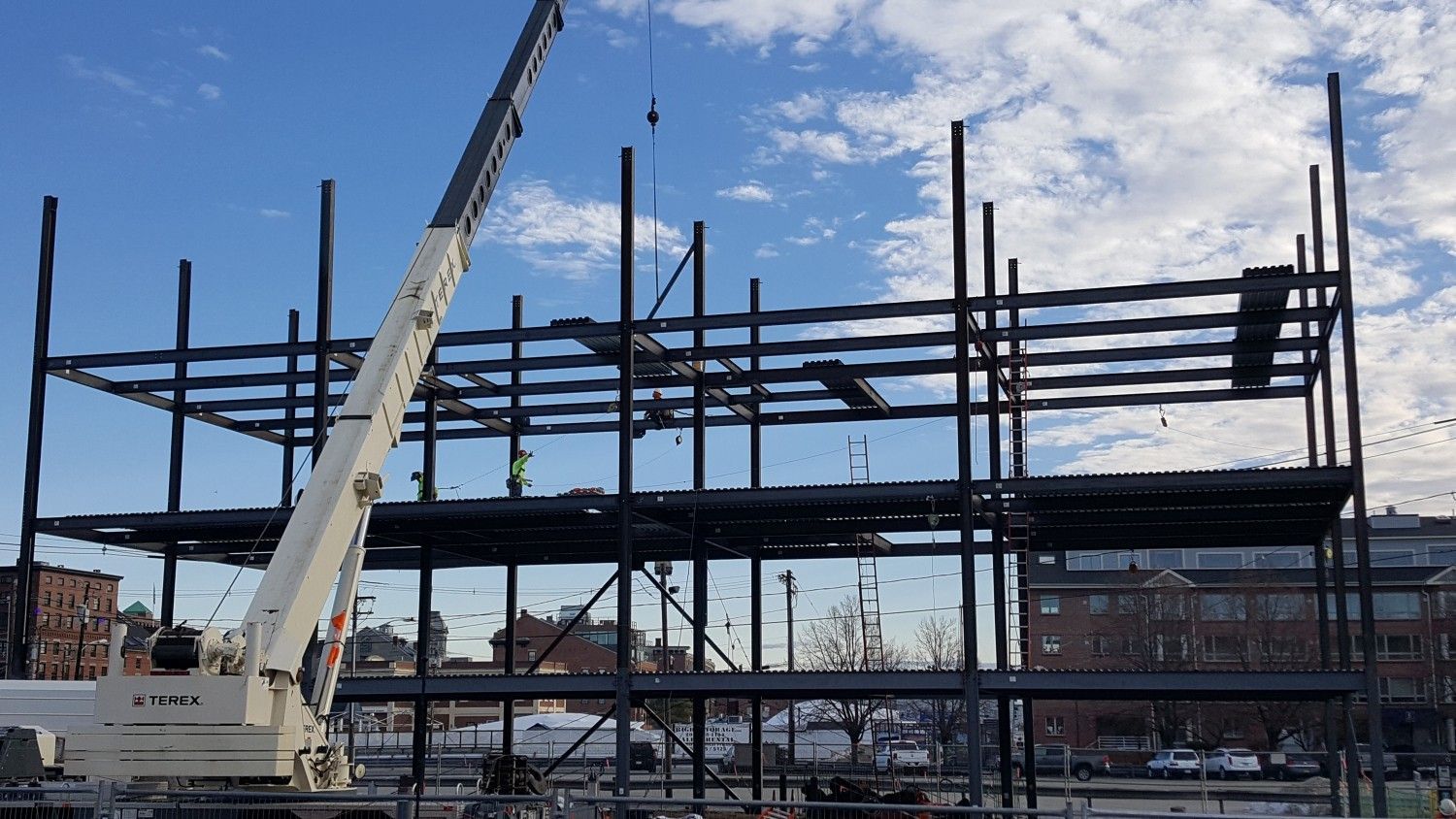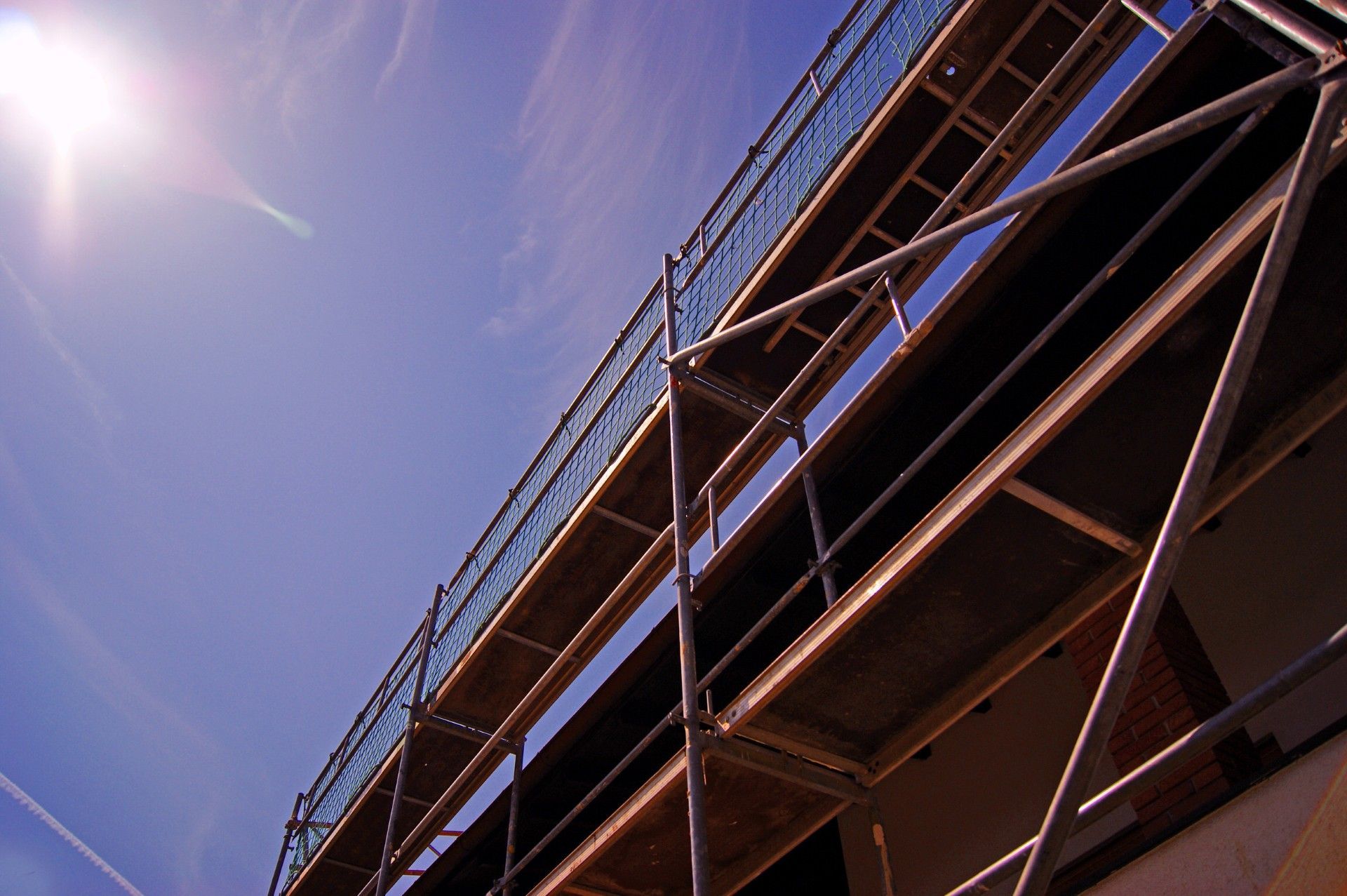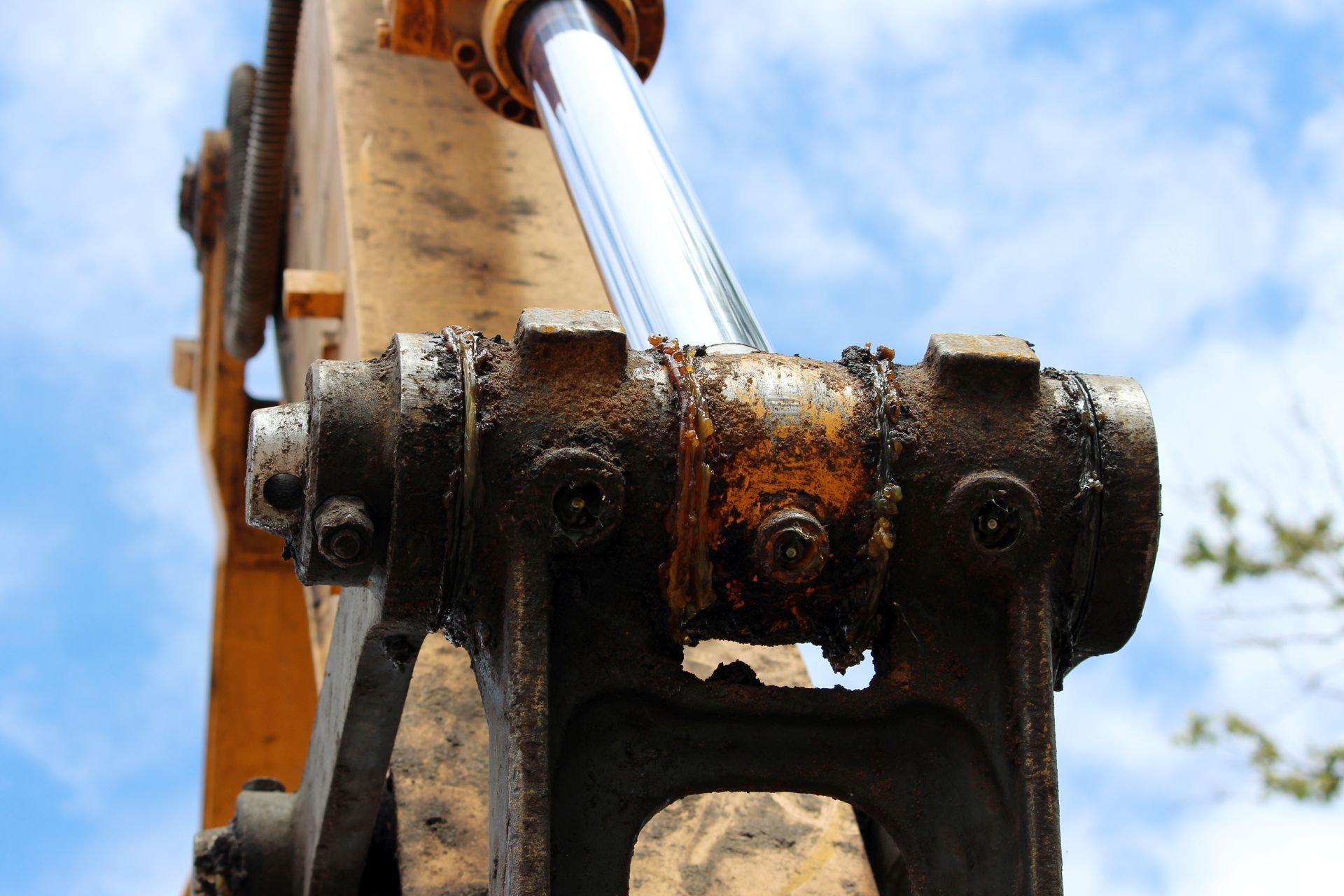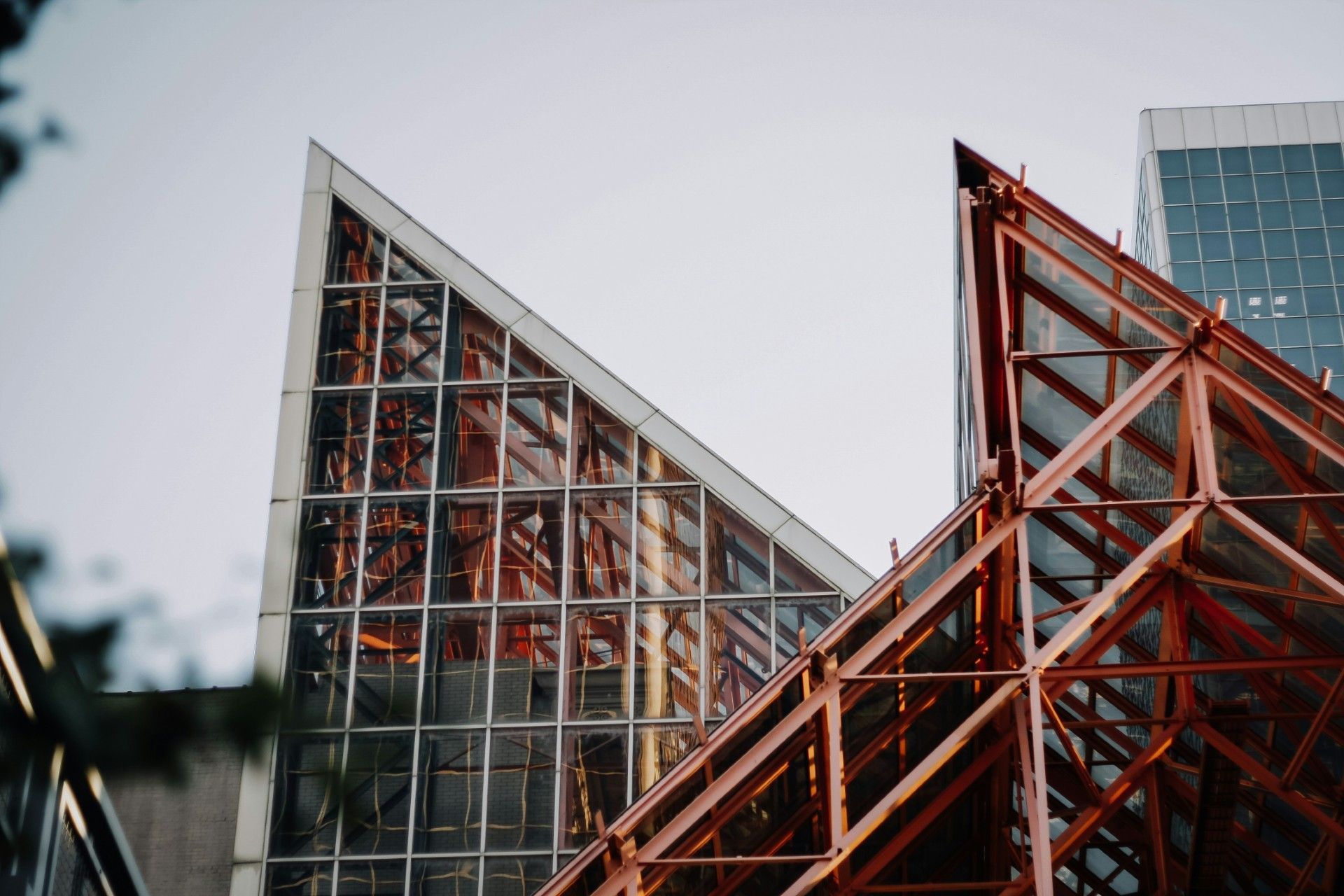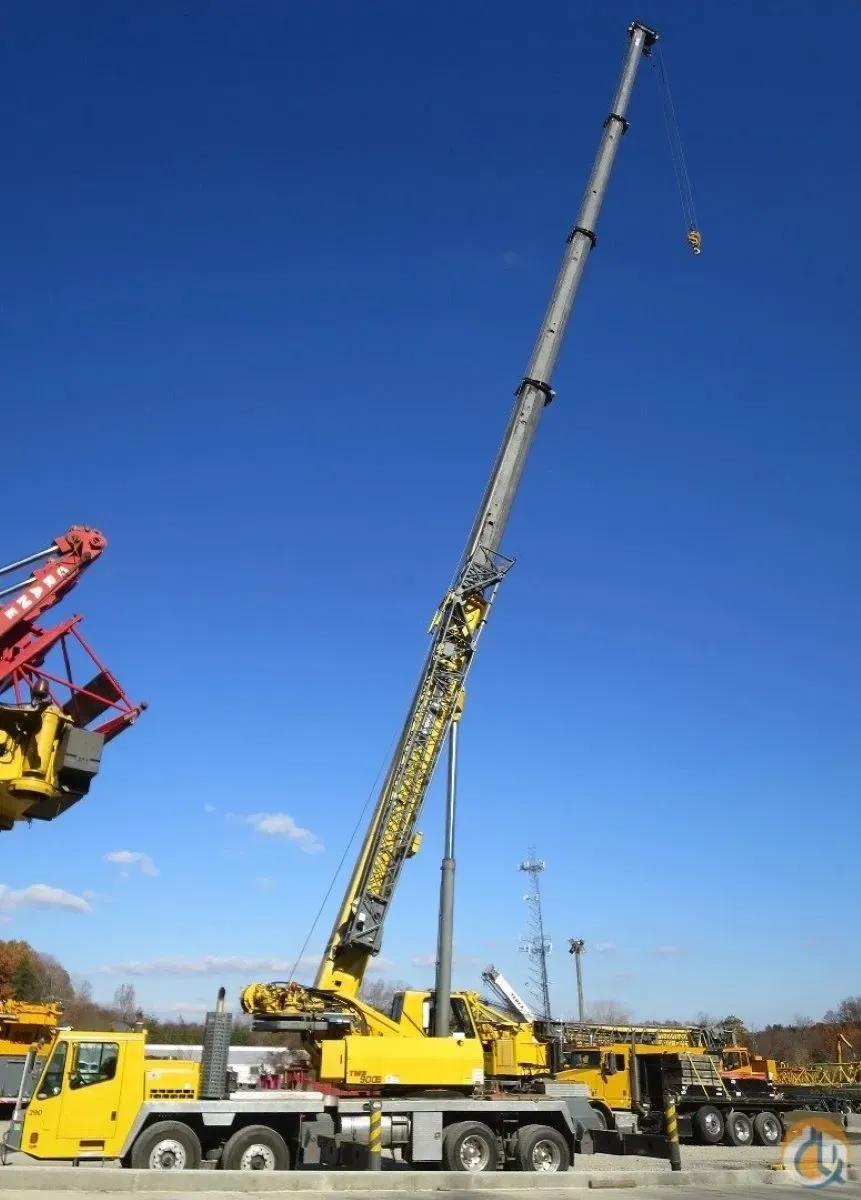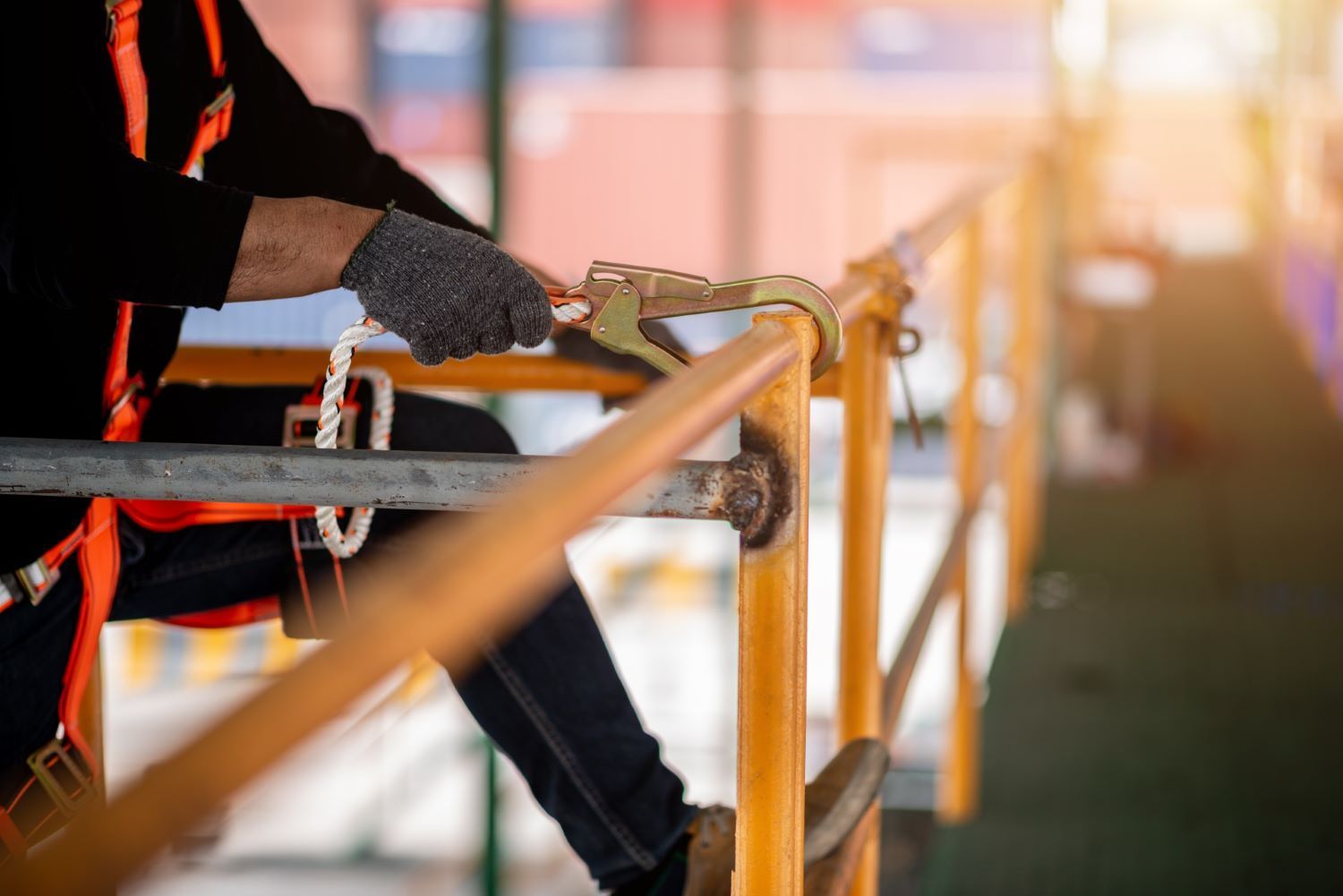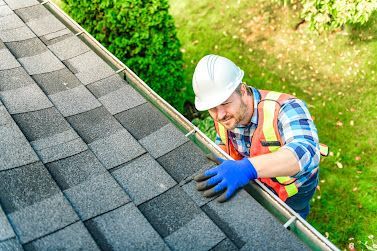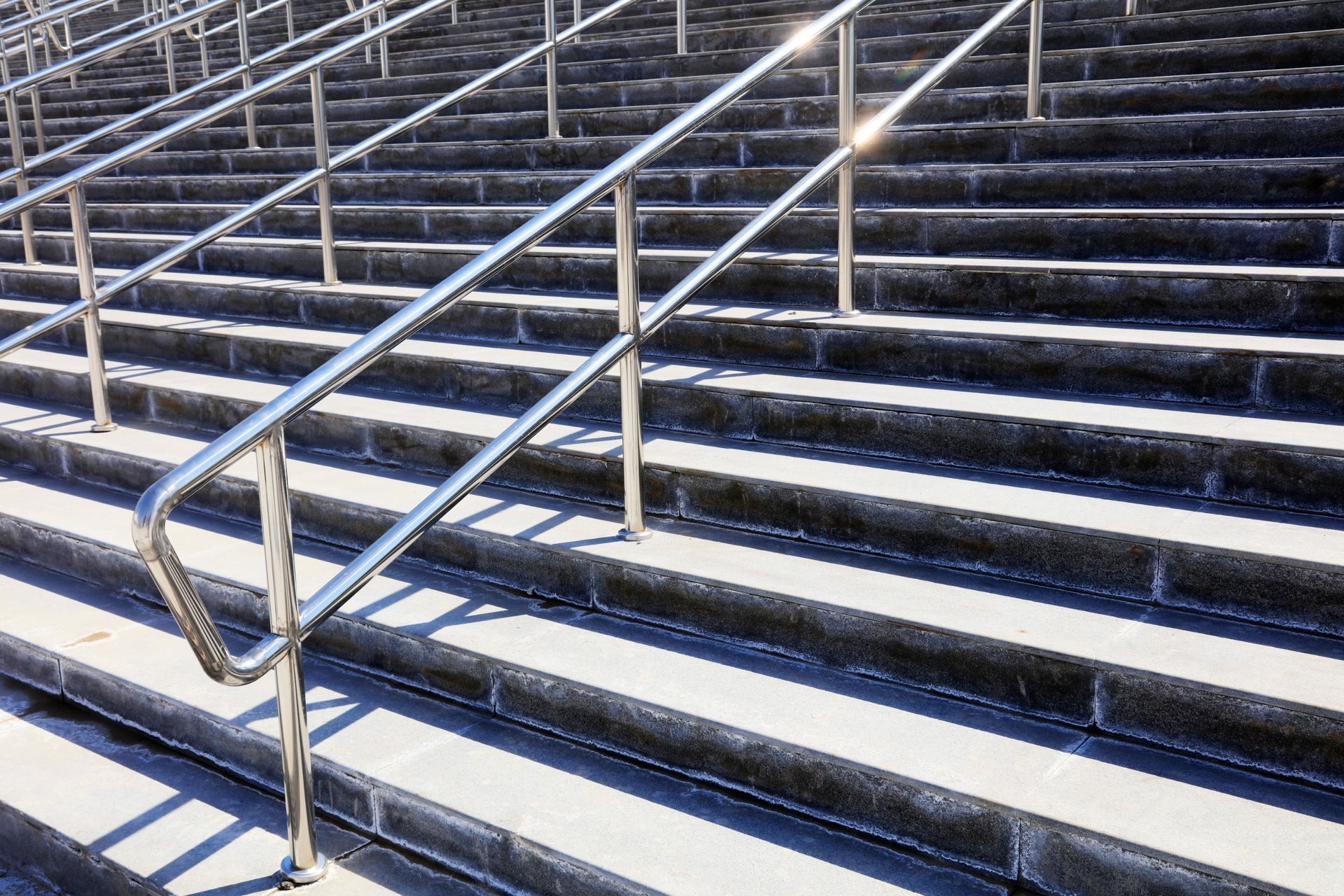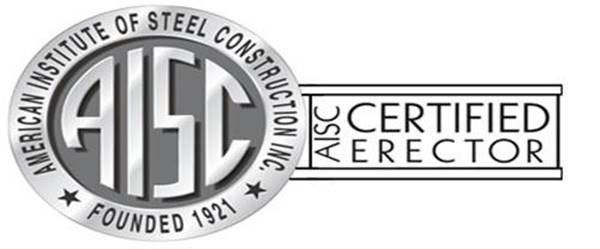Ways Structural Steel Enhances Sustainability in Modern Construction
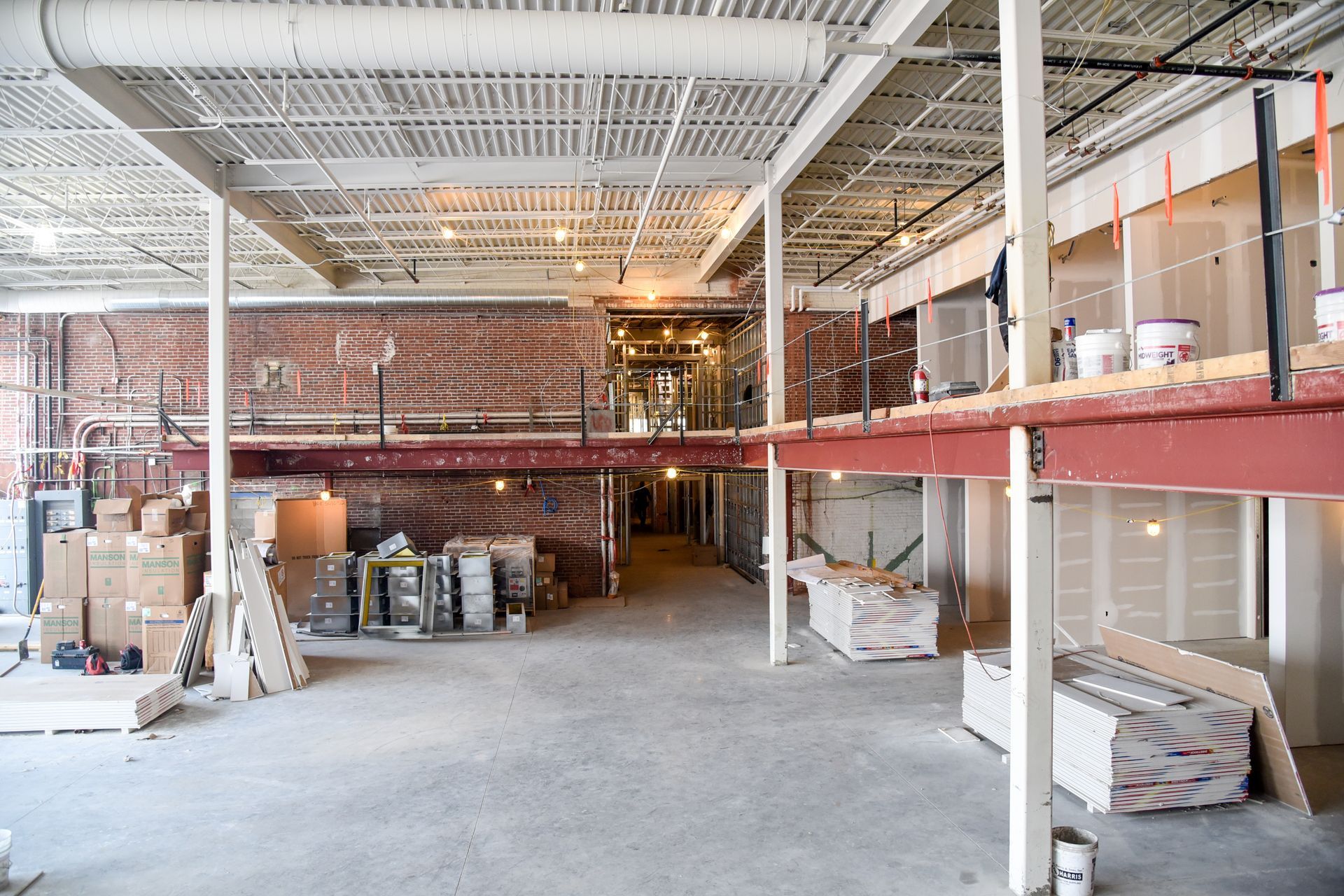
Sustainability has become a defining factor in the construction industry. With increasing pressure to reduce environmental impact, contractors and developers seek materials that balance strength, longevity, and eco-friendliness. Structural steel stands out as a top contender, offering a combination of recyclability, durability, and adaptability that aligns with green building initiatives. Its role in sustainable development is now a necessity.
The Recyclability Factor
One of steel’s most significant contributions to sustainability is its ability to be recycled repeatedly without losing its properties. Unlike other materials that degrade over time, steel maintains its integrity, allowing it to be repurposed indefinitely. The global steel industry has embraced this, with recycled steel making up a substantial portion of new production. This closed-loop system dramatically reduces waste, lowers the demand for raw materials, and minimizes the carbon footprint associated with steel manufacturing.
Using recycled steel significantly has also reduced the need for virgin iron ore, reducing the energy-intensive extraction and processing that mining requires. For contractors working on LEED-certified or environmentally focused projects, integrating recycled steel into their builds is a practical way to align with sustainability goals while maintaining strength and reliability.
Durability That Stands the Test of Time
Structural steel’s longevity makes it an invaluable material for eco-conscious construction. Buildings and infrastructure crafted from steel withstand the elements, resisting corrosion, pests, and fire. Unlike wood, which is susceptible to rot and termites, or concrete, which can develop cracks over time, steel offers a resilience that minimizes the need for replacements or extensive repairs.
This durability directly translates to a reduced environmental impact. When a structure lasts longer, fewer materials are needed for repairs or reconstruction, leading to lower resource consumption over its lifespan. Additionally, its ability to support large spans without excessive bulk allows architects and engineers to design buildings that use fewer resources while maximizing functional space.
Adaptability for Future-Proof Construction
Unlike rigid materials that require demolition when modifications are needed, steel allows for easy reconfiguration, expansion, and repurposing. This flexibility extends the usable life of a building, reducing demolition waste and preserving resources.
A commercial building constructed with a steel framework can be updated to serve a different purpose decades later, rather than being torn down and rebuilt from scratch. The ease of modifying steel structures supports urban renewal initiatives, where older buildings are repurposed rather than replaced, keeping construction waste out of landfills and reducing the demand for new materials.
Energy Efficiency in Steel Buildings
Beyond its recyclability and strength, steel plays a role in energy-efficient construction. Modern steel buildings integrate well with insulation systems, reflective roofing, and energy-saving designs that lower heating and cooling demands. Steel’s ability to support large windows and open spaces allows for greater use of natural light, reducing reliance on artificial lighting and lowering electricity consumption.
Steel framing also facilitates the use of prefabricated construction methods, which reduce onsite waste, limit construction time, and enhance energy efficiency. Prefabrication allows for precise material usage, minimizing excess and lowering emissions from prolonged construction activities.
Build sustainably with structural steel for your next project. At American Aerial Services, we provide expert steel erection services to support eco-conscious construction. Contact us today to discuss your project and secure the right solutions.
